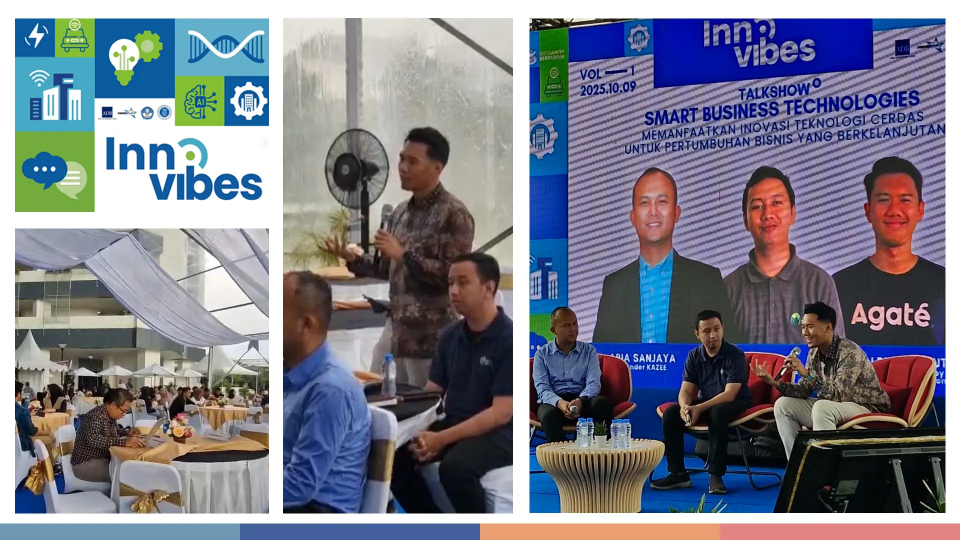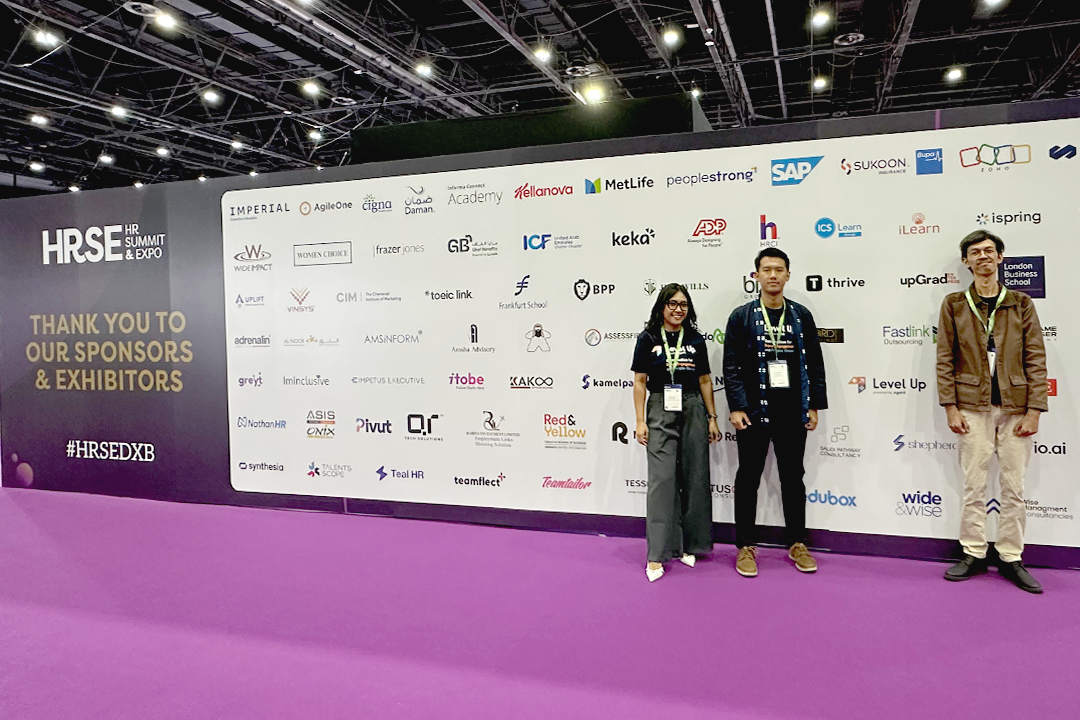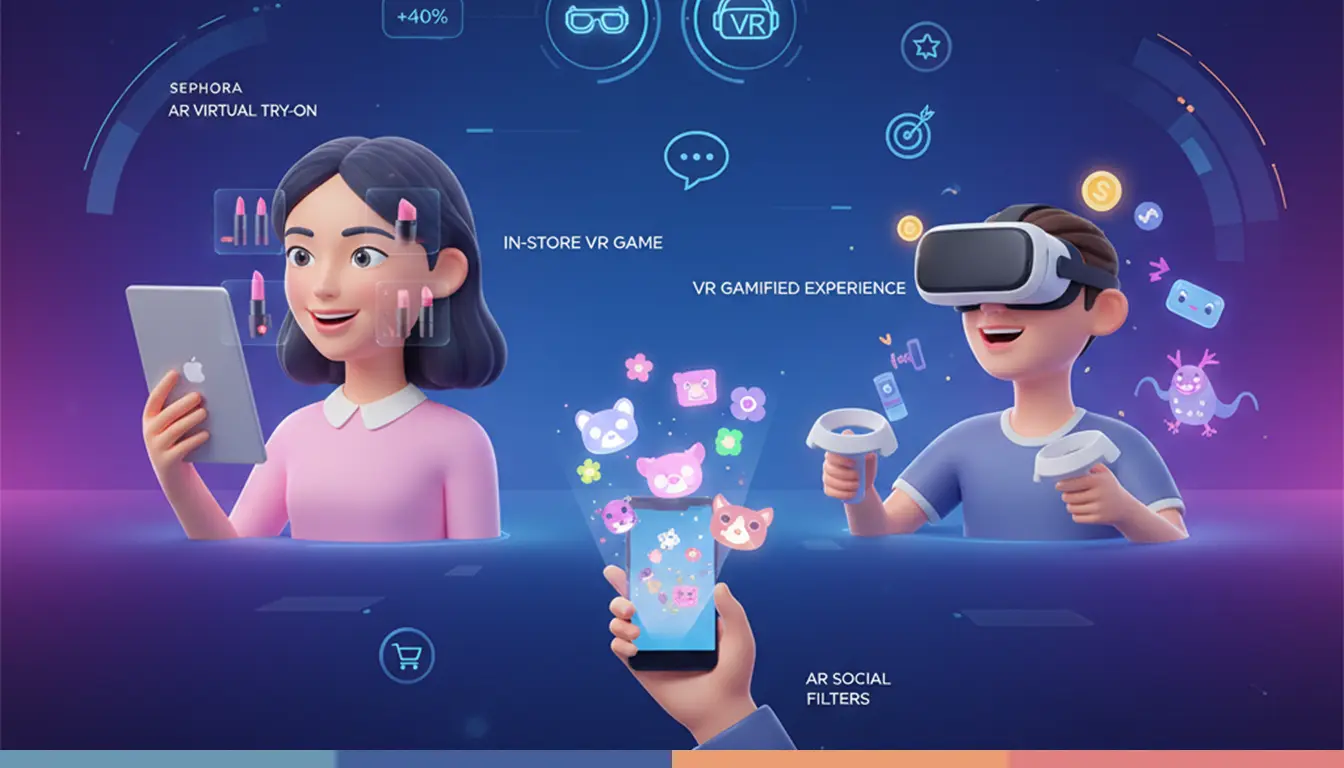How Indonesia’s Independence Day Games Reflect Gamification Principles

Indonesia’s Independence Day is a time to celebrate and enjoy traditional games that have been passed down through generations. But did you know these games also reflect modern-day gamification principles? From rewards to challenges and team dynamics, these activities are more than just fun – they embody the core elements of gamification that motivate, engage, and connect people.
In this article, we will explore how iconic Independence Day games like Panjat Pinang, Balap Karung, and Tarik Tambang align with gamification principles. Understanding this connection not only enhances the appreciation for these cultural activities but also offers valuable insights into how gamification works in modern environments.
The Gamification Link in Independence Day Games
Independence Day games are a rich part of Indonesian tradition, but they also teach us about engagement, motivation, and teamwork—all essential components of gamification.
Panjat Pinang - Rewards & Progression

Panjat Pinang is a game where participants climb a slippery tree in pursuit of prizes. It directly connects to the rewards and progression principle of gamification. Players earn rewards by reaching the top, mirroring the way level-up progression works in video games. The higher you climb, the greater the rewards, just like unlocking new levels or power-ups in a game.
Balap Karung - Time-Based Challenges

In Balap Karung, participants race to the finish line while jumping in a burlap sack. This game mirrors the time-based challenge aspect of gamification, where players race against the clock to achieve a goal. Just like in a timed mobile game or puzzle, Balap Karung creates a sense of urgency and excitement that fuels engagement and competition.
Tarik Tambang - Cooperative Competition

Tarik Tambang, or tug-of-war, is a perfect example of cooperative competition. Players must pull together in teams to win. This reflects how gamification encourages teamwork while still fostering friendly competition. In gamified environments, teamwork often plays a crucial role, whether in multiplayer games or collaborative work projects.
Bakiak Race - Team Synergy

In the Bakiak Race, teams of people must coordinate their movements while wearing oversized sandals. This game emphasizes team synergy, similar to how gamified challenges require precise coordination and collaboration to complete tasks or win rewards. It’s all about syncing your efforts to reach a common goal, much like cooperative multiplayer games where communication and coordination lead to success.
Makan Kerupuk - Timed Rewards

Makan Kerupuk, a game where players try to eat crackers hanging from a string, is an example of timed rewards. In gamification, time-limited tasks add an element of challenge and excitement. Similarly, Makan Kerupuk makes participants race against the clock to finish the task, rewarding speed and skill.
Understanding Gamification and Its Impact
Gamification is not just for games; it’s a powerful tool used in education, business, marketing, and more. It taps into human motivation by incorporating game-like elements into non-game contexts. By engaging people with rewards, challenges, and social interaction, gamification increases motivation, productivity, and engagement.
Why Gamification Matters for Businesses and Teams
Gamification can be used to enhance employee performance, improve customer engagement, and even boost education through interactive learning. The principles learned from traditional games like Panjat Pinang and Tarik Tambang can be applied to modern business practices, helping companies create environments that foster collaboration, competition, and rewards.
Conclusion – Embracing Gamification in Modern Life
The traditional games played during Indonesia’s Independence Day are more than just fun – they offer valuable lessons in motivation and engagement that can be applied to modern-day gamification. Whether in business, education, or personal development, gamification taps into the same principles that make these games so appealing.
By recognizing the connection between cultural traditions and gamification, we can better appreciate the powerful impact that these principles have in our everyday lives.
Ready to bring the power of gamification into your business or project? Visit Agate Level Up to learn more about how we can help you implement gamified solutions that boost engagement, motivation, and results.
Frequently Asked Questions (FAQ)
What is gamification?
Gamification is the use of game design elements, such as points, challenges, rewards, and progression systems, in non-game contexts to engage users and encourage desired behaviors.
How can gamification be applied in business?
In business, gamification can be used to enhance employee performance, improve customer experience, and foster collaboration by incorporating elements like challenges, rewards, and social interaction.
How do traditional Indonesian games reflect modern gamification principles?
Traditional games like Panjat Pinang, Balap Karung, and Tarik Tambang incorporate key gamification principles such as rewards, time challenges, teamwork, and progression, which are all central to engaging users in modern digital games and platforms.
If you are interested in learning more about gamification and how it can benefit you or your organization
Check out our gamification services page and contact us today. We are ready to help you create a gamification experience that aligns with your needs and preferences.
The Authors

Junialdi Dwijaputra

Dias Setyanto
Related Articles
Result: Faster creation, broader access, and more efficient workflows.
Source: Canva Newsroom
- All Posts
- All-EN
- Education-EN
- News-EN
- Service Highlight-EN
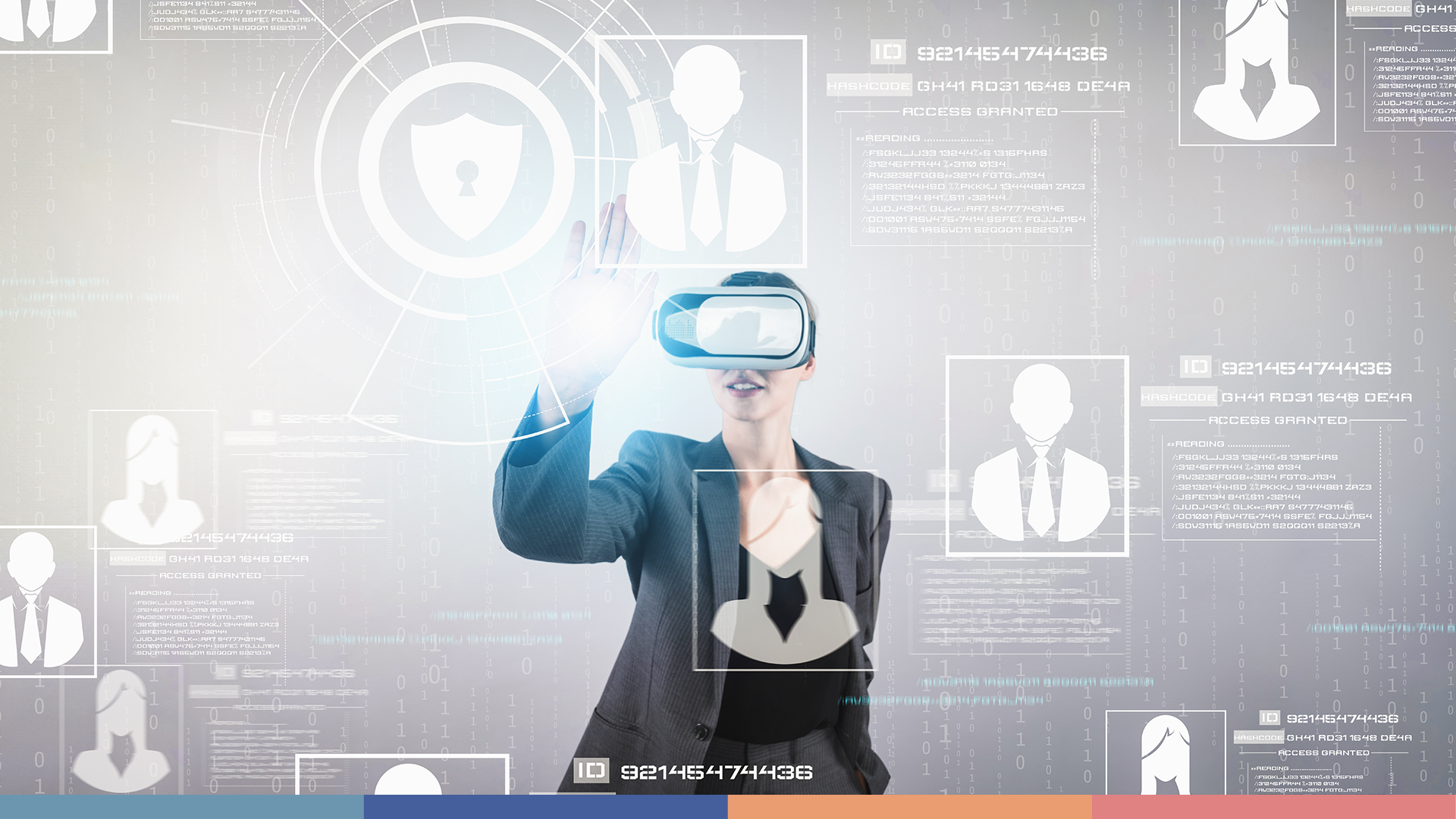
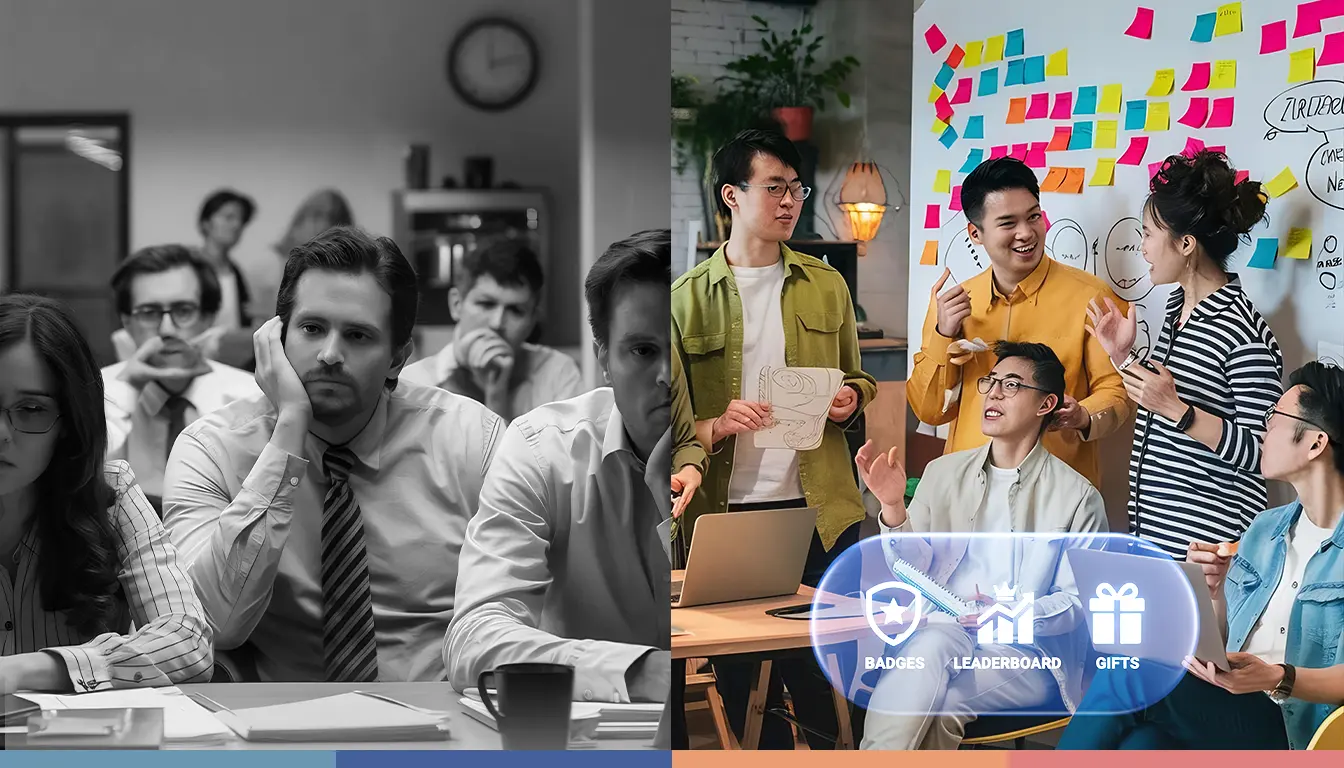


It leverages your brain’s reward system, giving you quick wins and visual progress that boost your motivation to keep going.
It leverages your brain’s reward system, giving you quick wins and visual progress that boost your motivation to keep going.
